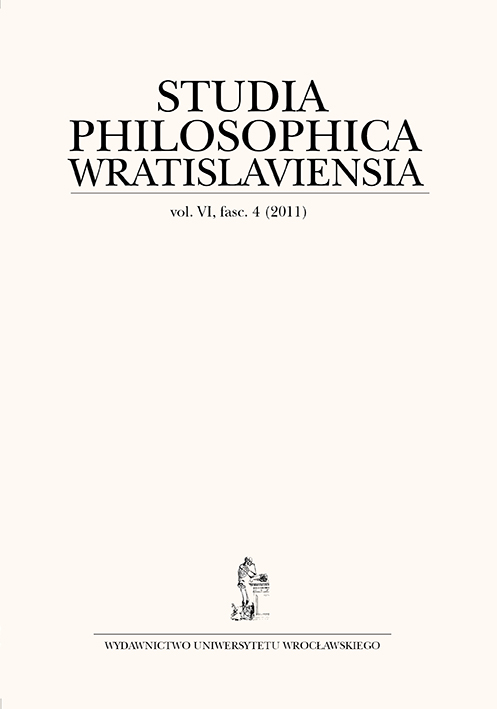

Artykuły

Three Theories of Mind
The article tries to give the reader more detailed insight into three most successful and influential theoretical approaches to describe mind completely. All of them were founded during frantic studies of cognitive sciences movement, starting in the late 1960s century and still improving these days. The main thesis is that there is a stall in the race for the title of the most precise theory of mind, and none of the presented views possess the ability to overcome the competitors once and for all. However, each of these theories, despite being the pretender for the title, not come without its limitations. That brings about the construction of the whole argumentation: historical and scientifical origins, main assets and latest impressive breakthroughs, followed by its serious flaws, pointed out by the opponents, provided for each theory separately. There was even little room to put some information about the developing of the whole cognitive sciences movement, resulting in its diversity today that partially causes the inability to provide the single view of mind. The biological, robotics and theoretical divisions include different ‘how to find mind’ approach and so are unable to work upon the very same project. As one can easily figure out, the paper covers the bond between the computational, connectional and modular theories of mind and its influence over the development of cognitive sciences. The computational part includes some basic ideas in AI and autonomic decision making robot building, with the most impressive achievements in this field. The connectional part provides the reader with some theory behind ANN and the finest examples of networks modeling advanced human abilities. The modular part gives insight into the functional specialization of its parts for ‘multi-task capable constructs’ and the great success of ‘separate brain part-separate behavioral activity’ diagnostic method, designed for patients with serious disabilities after head injury, utilized in neuropsychology. In conclusion there is a call for putting more eff ort in designing the great unification theory, one that would contain the main assets of each of presented theories, but without its limitations. This complex view should be far more effective and convincing, eventually giving the final multi-aspect theory of human mind.